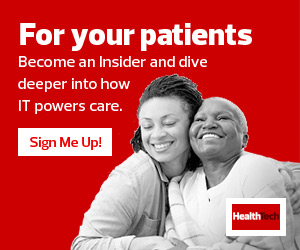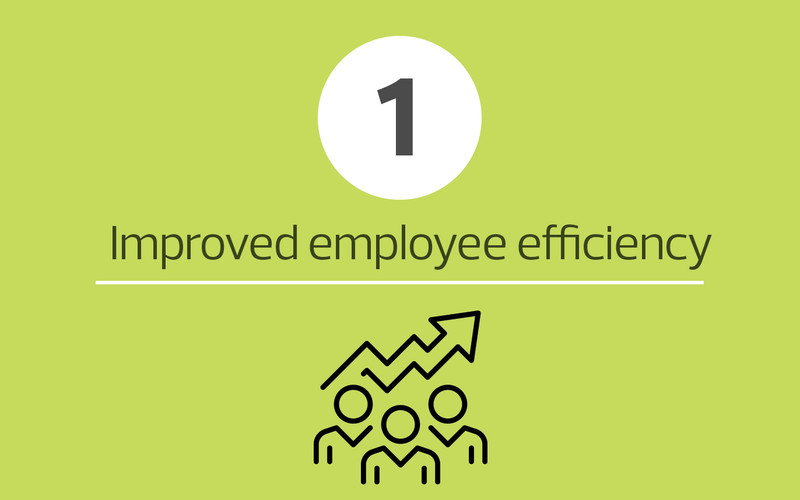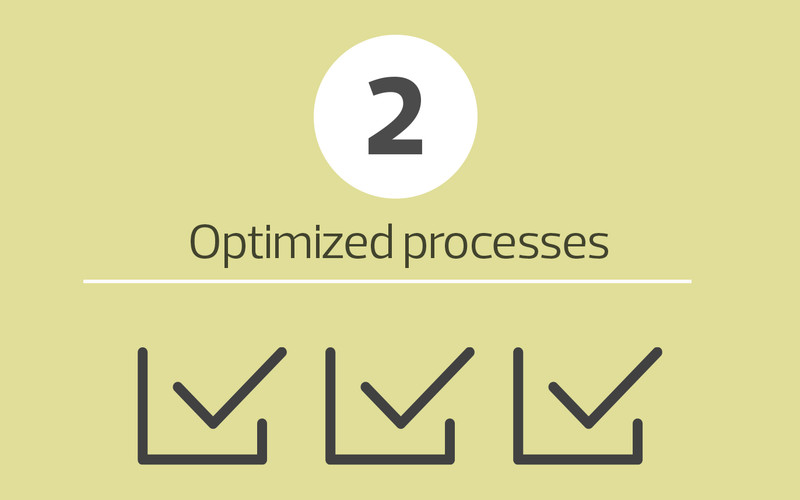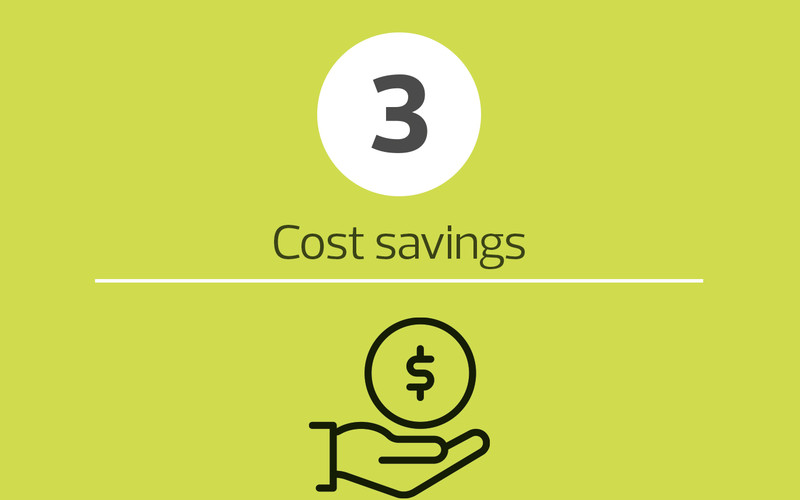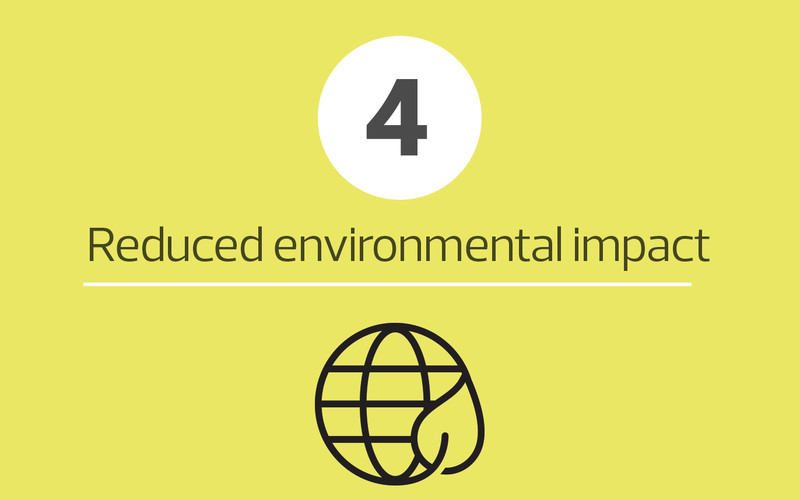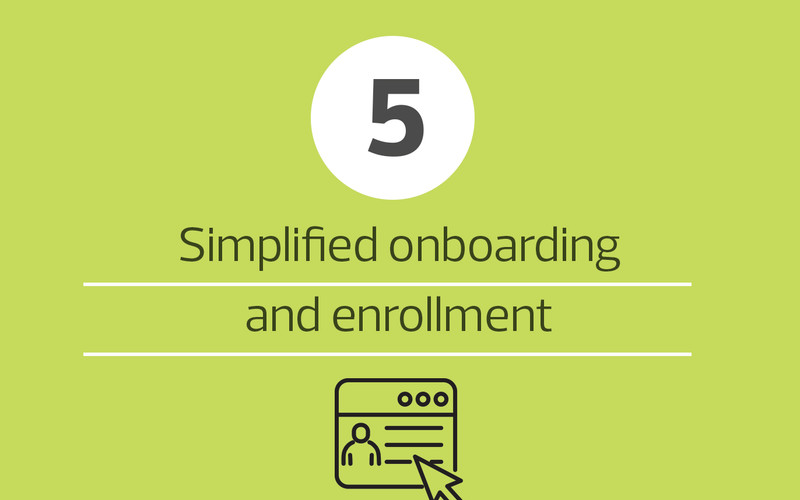The pandemic was a catalyst for e-signature adoption at healthcare organizations across the U.S., with providers using the technology to both speed up business processes and streamline patient-related paperwork. Still, many organizations have lagged behind on widespread deployment or haven’t explored the solution yet.
“There’s still a lot of opportunity to digitize those signing workflows,” says Holly Muscolino, research vice president for content strategies and the future of work at IDC. “Then there’s the next step, which is to truly transform those workflows. You can more or less replicate paper workflows digitally, but to truly transform those processes, organizations need to fully leverage solutions like content workflow. That will be an ongoing evolution.”
E-Signatures Enhance Clinical Workflows
Stanford Children’s saw immediate benefits from deploying Adobe Sign. The approval and signature process for contracts shrank from days to minutes, Reddipeta says. The organization also saved money on paper and printing costs, and it saw improvements in workforce productivity. Stanford Children’s has now started using the application in clinical settings, helping streamline paperwork for patients’ families.
“We want to continue to improve the patient experience,” Reddipeta says. “Private sector companies are providing a digital experience for their customers, and patients expect the same experience from health systems. It’s no longer an option. Adopting e-signature platforms helps us bring that digital experience to families.”
MIMIT Health in Melrose Park, Ill., uses DocuSign for patient registration and consent forms, and it has integrated the tool with its electronic medical records system. The organization turned to DocuSign Agreement Cloud to increase efficiency and collaboration, break down data silos and accelerate previously bottlenecked processes.
“Going paperless is a very important part of scaling up in healthcare,” says Manish Goomar, the director of digital systems for MIMIT Health. “What really made us go for it was the customer experience.”
When MIMIT Health analyzed its use of DocuSign, the organization found a 40 to 50 percent productivity increase among the staffers responsible for registering patients. It has also seen significant adoption among patients, who are using DocuSign to complete forms online at home or on iPad devices when they arrive for their appointments.
WATCH: Upgrade your healthcare workflow with these simple tools.
Enabling E-Signature Security to Protect Patient Data
Not long ago, many healthcare providers eschewed the public cloud, worried about the vulnerability of patients’ health information. Today, a number of providers have come to view cloud-based tools as a way to enable patient privacy and boost security.
“A piece of paper can go missing,” Goomar says. “When it’s digital in the cloud, you have audit trails. You can put processes in place so the information can’t be deleted, and you can see who’s accessing it. You can’t do that with paper.”
Almost all products from leading e-signature companies are HIPAA compliant, Muscolino adds. “People are concerned about security, but the reality is that these tools are more secure because you don’t have paper documents that can be lost or misplaced,” she says.







